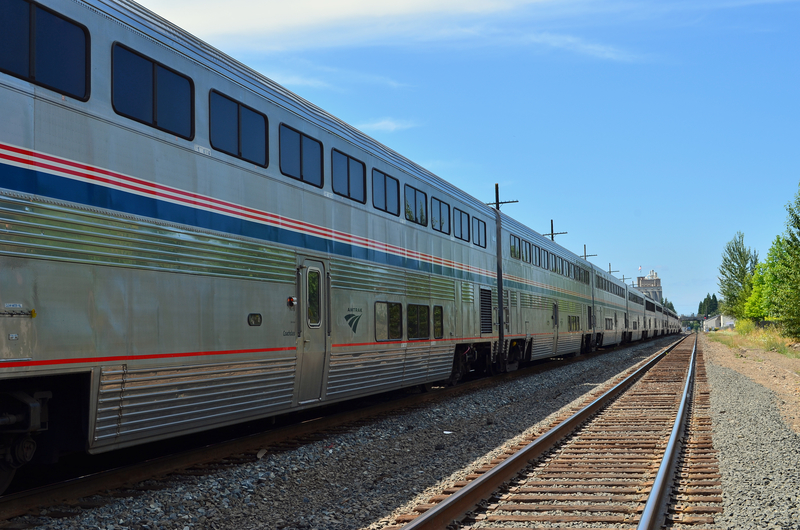Passenger trains are still used in many parts of the world so it's important to learn how to handle being in an accident. They also tend to be a cheaper form of transportation so you never know when you might want to save some money and take one instead of flying.
Here are some facts for your viewing pleasure:
In February, 2016, 6 casualties were recorded and 15 were seriously injured when an MTA train hit an SUV in the Westchester hamlet of Valhalla, on the Metro-North tracks.
Then there was the Amtrak incident in April, 2016, when a train killed 2 and injured scores more. Finally, there was the one that occurred in September of 2016, when 108 passengers were injured and one died. Three in the same year, though that’s an anomaly.
Judging from Federal Rail Administration statistics, in 2014, there were 1700+ train incidents, including almost 150 collisions (most with other vehicles), and 1200 derailments, but the vast majority of the crashes involved freight trains.
Avoid Front Cars
The general rule of thumb when picking a seat on a train is to head for the middle section. You must go straight to the data, i.e. reports/statistics from federal agencies.
You should worry about derailments, as a train is 9x more likely to derail at some point during a trip than to slam into another vehicle or train head on. The cars toward the middle of the train are the less likely to tumble off the rails.
Bottom line, the sweet spot when choosing a seat is in a car 1 or 2 back from the center of the train.
The next thing to remember when traveling by rail is to not linger in the Café Car. The fixed tables and other pieces of furniture will transform in veritable weapons of mass destruction.
Data scooped from the US Department of Transportation d-base shows that side collisions outnumber rear-end/head-on ones by a factor of 9 to 1 (especially on commuter trains). Bottom line, the safest place to sit is in an aisle seat, rear-facing, towards the back of the train.
Follow the Instructions
Obviously, in case of an emergency, you should pay attention to PA announcements and follow the instructions to the letter. These guys are trained for SHTF scenarios.
If the circumstances really call for it, one should contemplate jumping off the train prior to a catastrophic crash. Try to do this at the end of the last car. If that’s not an option, jump from the door (if you can open it) or from the space between cars.
You can protect your head by using a blanket or something similar.
Don’t try to land on your feet because it’s almost impossible to keep your balance; get as low to the floor as possible before you jump by bending your knees so you can leap-frog away from the car and jump at a ninety degrees angle away from the train, and cover your head with your arms while rolling like a log as you land. Keep your body straight so you will absorb the impact.
Provided you’re still inside the car and the train comes to a full stop, go for the nearest emergency exit/window ASAP.
Have you come across any other advice for surviving a train accident?
Article Source: Survivopedia
